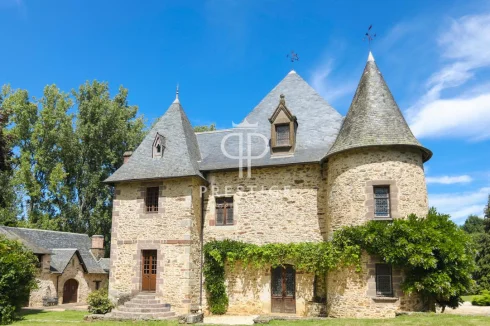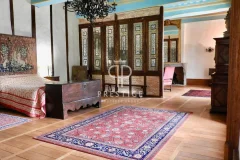There are hundreds of châteaux throughout France, with over 300 alone in the Loire Valley. Whilst they are plentiful they remain highly sought after, all having very different characters and features. Most come complete with a large amount of land and several outbuildings. When you buy a hâteau your not simply buying a house, your buying a way of life.
In a typical château you will find features such as a fenced-off forecourt with gates and perhaps a gatehouse or a keeper's lodge. It may have numerous outbuildings like stables, kitchens, breweries, chapels, bakeries, and lodgings or servant’s quarters. Many also have inner courts, and some of the grander château even have their own moats, lakes and fields.
History of French Châteaux
French châteaux represent the gentrification of French culture and the nation as a whole. They were initially castles of necessity in the 10th century which were developed and built to provide the splendour demanded by the French royalty and nobility.
The Loire valley was the first part of France to be bequeathed these grand palaces. Despite the construction of the Palace of Versailles and the moving of the Royal seat to Paris under King Louis XIV in the 17th century, the Loire remained a popular destination as a summer residence. This resulted in the area boasting a wealth of grand palaces and gardens.
Many of the great châteaux were ransacked during the French revolution (1789–1799) with many precious ornaments and items of furniture stolen or ruined. Many château went into ruin or were left untended as the nobility of France was sent into turmoil. During the first and second world wars some châteaux were used as military headquarters and further ransacked.
Today, many of the châteaux are privately owned and have varied uses including hotels, bed & breakfasts or as private residences. There are also a large number of châteaux which are state owned and have proven to be very successful tourist attractions.











